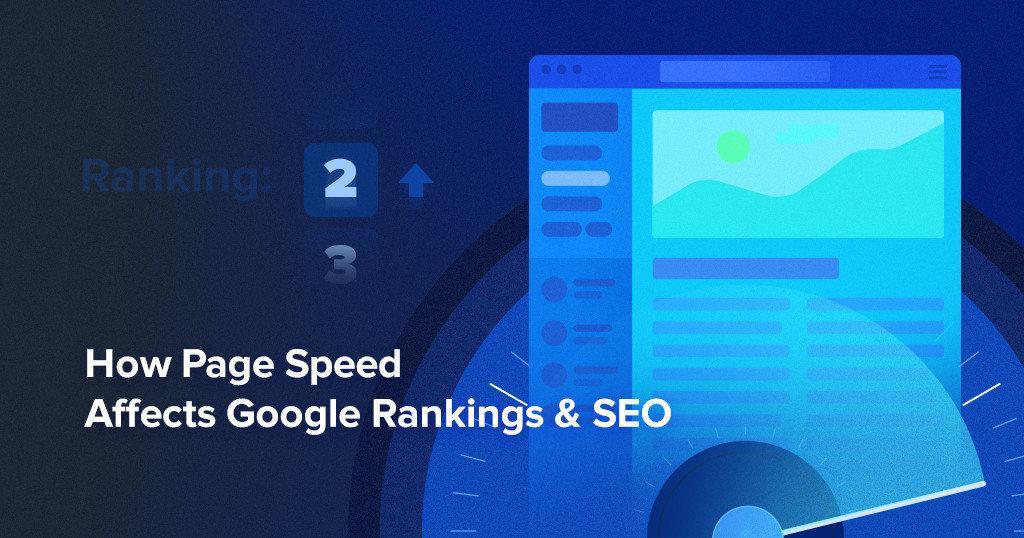
The Impact of Website Speed on SEO and User Experience
In the ever-evolving world of SEO and User Experience (UX), one critical factor often overlooked is website speed. The speed at which your website loads plays a pivotal role in both SEO rankings and the overall user experience. In this article, we’ll delve into the crucial relationship between website speed, SEO, and UX, and why it’s essential to prioritise it.
Understanding the Significance of Website Speed
Website speed refers to how quickly your web pages load when a user clicks on a link or enters your site’s URL. It’s not just a matter of convenience; it’s a fundamental aspect of online success.
Google and other search engines consider website speed as a ranking factor. Websites that load faster tend to rank higher in search results. This is because search engines aim to provide the best possible user experience, and a slow-loading website can lead to frustration and higher bounce rates.
Website Speed and User Experience
When a user visits your website, their experience is heavily influenced by how quickly they can access the content they desire. A slow-loading site can deter visitors, leading to higher bounce rates and decreased engagement.
Here’s how website speed impacts user experience:
- First Impressions: Users form opinions about your website within seconds. A slow site can create a negative first impression, potentially causing visitors to leave immediately.
- Bounce Rates: Slow-loading pages often result in higher bounce rates. When users don’t find what they want quickly, they’re more likely to abandon your site in favour of a faster alternative.
- Engagement: Faster websites encourage users to explore more pages and spend more time on your site. This can improve engagement and increase the chances of conversion.
Website Speed and SEO
Google’s algorithms are designed to prioritise websites that offer the best user experience. Since website speed directly impacts UX, it also affects your SEO rankings. Here’s how:
- Ranking Factor: Google officially considers website speed as a ranking factor. Faster-loading websites are more likely to appear higher in search results.
- Crawlability: Google’s bots crawl websites to index their content. Slow websites may not be crawled as thoroughly, leading to incomplete indexing.
- Mobile Friendliness: Mobile users, in particular, expect speedy access to content. Google places a significant emphasis on mobile-friendly websites, and speed is a crucial aspect of mobile-friendliness.
Optimising Website Speed
Now that we understand the impact of website speed on SEO and UX, let’s explore how you can optimise it:
- Image Compression: Compress and optimise images to reduce their file size without compromising quality. Large image files can significantly slow down a website.
- Minimise HTTP Requests: Reduce the number of requests to the server by minimising scripts, stylesheets, and other external resources.
- Use Browser Caching: Implement browser caching to store static resources on a user’s device, reducing load times for returning visitors.
- Content Delivery Network (CDN): Utilise a CDN to distribute your website’s content across multiple servers geographically, ensuring faster loading times for users around the world.
Conclusion
Website speed is not just a technical detail; it’s a critical element that impacts both SEO and User Experience. As search engines prioritise user satisfaction, a fast-loading website is essential for higher rankings and better engagement.
By prioritising website speed, you not only improve your SEO efforts but also enhance the experience for your visitors. Remember, in the competitive digital landscape, the speed of your website can make all the difference in achieving online success.








